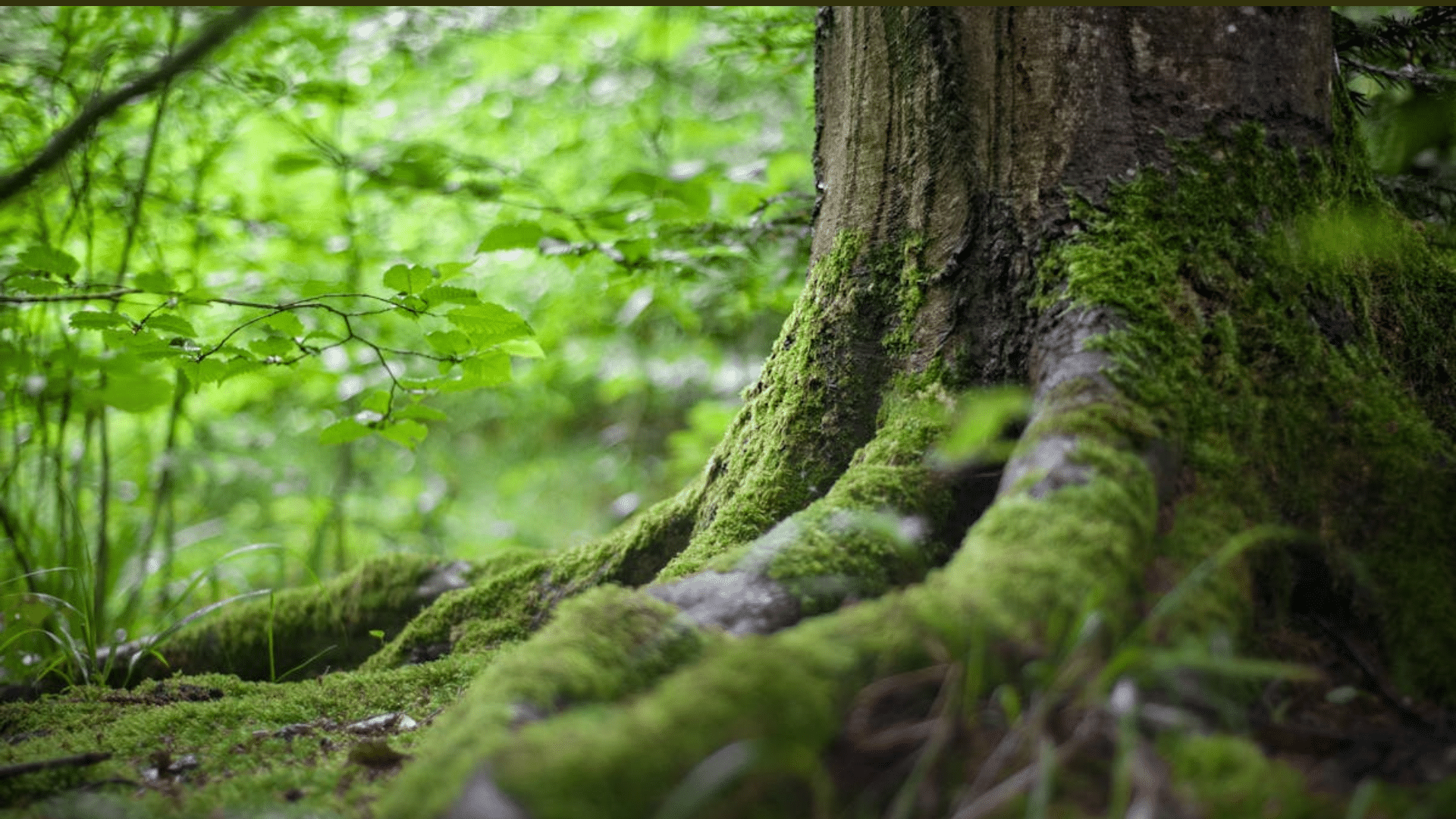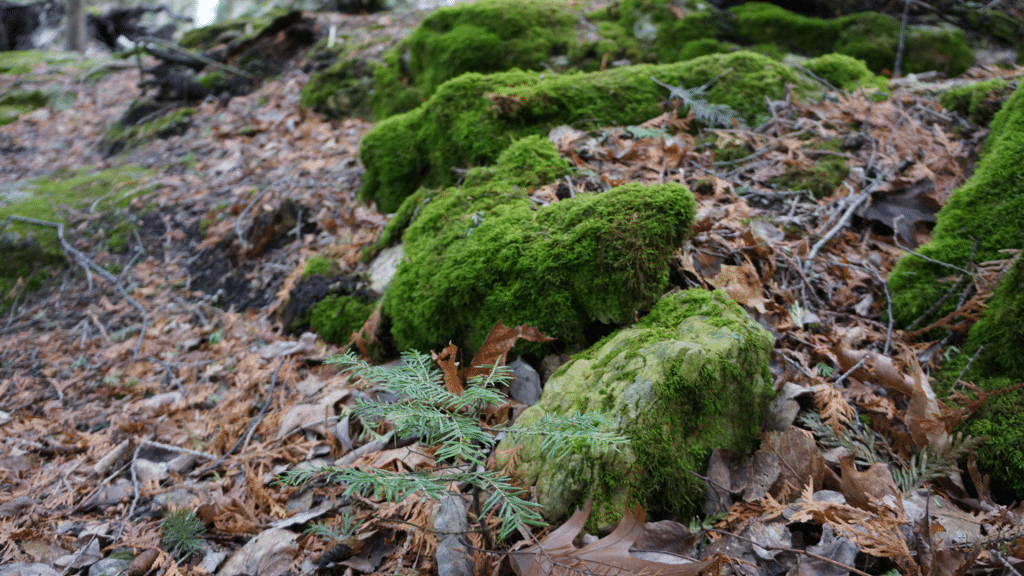Is moss actually considered a natural compass pointing north? This old-age belief has led many to assume that moss only grows on the north side of trees.
Moss is a plant that always grows where it finds enough moisture and shade. Its presence is often linked to the north, but does it truly grow only there?
However, this blog aims to clarify whether moss follows a strict directional preference or if other factors affect its growth.
Let’s take a closer look.
Understanding Moss and its Growth Needs
Moss is a simple, non-vascular plant that lacks roots and stems. Instead, it absorbs water directly from its surroundings, making it dependent on humid environments.
To grow, moss requires:
- Moisture: It thrives in damp conditions, absorbing water through its surface.
- Shade: Direct sunlight can dry moss out, so it prefers shady spots where humid is preserved.
- Rough Surfaces: Moss attaches to surfaces like tree bark or rocks, using small structures to hold on.
- Acidic Soil: It grows best in slightly acidic conditions, which are more common in forests and wetlands.
The Myth of Moss Growing Only on the North Side

The idea that moss only grows on the north side of trees is widely believed, particularly in the northern hemisphere.
This myth has been used as a natural compass for centuries, especially by hikers, explorers, and scouts who rely on it to find direction in forests.
But is it true? Well, the truth behind this myth lies in certain environmental factors that make moss more likely to grow on the north side of trees in the northern hemisphere:
- Moisture: The north side of trees often retains more water content due to less direct sunlight. Moss thrives in damp environments, and the north side tends to be cooler and shadier, which helps maintain the moisture moss needs to survive.
- Shade: Moss is sensitive to sunlight. Direct sunlight can dry out its delicate structure, so it prefers cooler areas where the moisture level stays more consistent. The north side in the northern hemisphere generally provides more cover throughout the day.
- Sunlight Angle: In the northern hemisphere, the sun is positioned more toward the south, making the north side of trees less exposed to sunlight. This helps keep the surface cooler and more favorable for moss growth.
In the southern hemisphere, the pattern reverses: Southern Exposure!
In the southern hemisphere, like in Australia or South America, moss tends to grow on the south side of trees. This is because the sun’s angle favors the north side, leaving the south side in the shadow.
Does Moth Grows in North? True or False
False, but partially true: While moss often grows on the north side of trees in the northern hemisphere, it’s not a strict rule. Moss can grow on any side of a tree.
The key is the availability of water and protection from direct sunlight, not the direction. This myth oversimplifies moss growth, overlooking the other factors that determine where moss can thrive.
Challenges in Growing Moss in Northern Regions
Growing moss in cold northern areas comes with its own set of hurdles. While these small plants might seem tough and basic, they face real struggles when the mercury drops.
Here’s what you need to watch for when working with moss in chilly climates:
- Freezing Temperatures: Cold temperatures can freeze the water, moss depends upon. This makes it difficult for moss to absorb moisture.
- Short Growing Seasons: Northern regions often experience brief growing seasons, which limit the time moss has to establish and grow.
- Heavy Snow Cover: Snow can blanket moss, blocking light and air. Freezes water content and slows moss growth.
- Low Sunlight: Limited sunlight during the winter months. Hinders moss’s ability to photosynthesize.
- Harsh Winds: Strong winds are common in cold climates. They can dry out the surface, making humidity retention harder.
To Sum It Up
Moss doesn’t strictly grow on the north side. It thrives wherever water content and shade are present, not limited to just one side of a tree.
Moss isn’t just a directional marker; it also helps with water retention, soil stability, and provides habitat for small creatures.
Next time you spot moss, observe it closely. Notice where it grows, the conditions it needs, and maybe even challenge the myth yourself!















